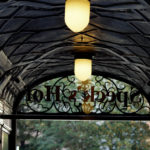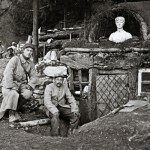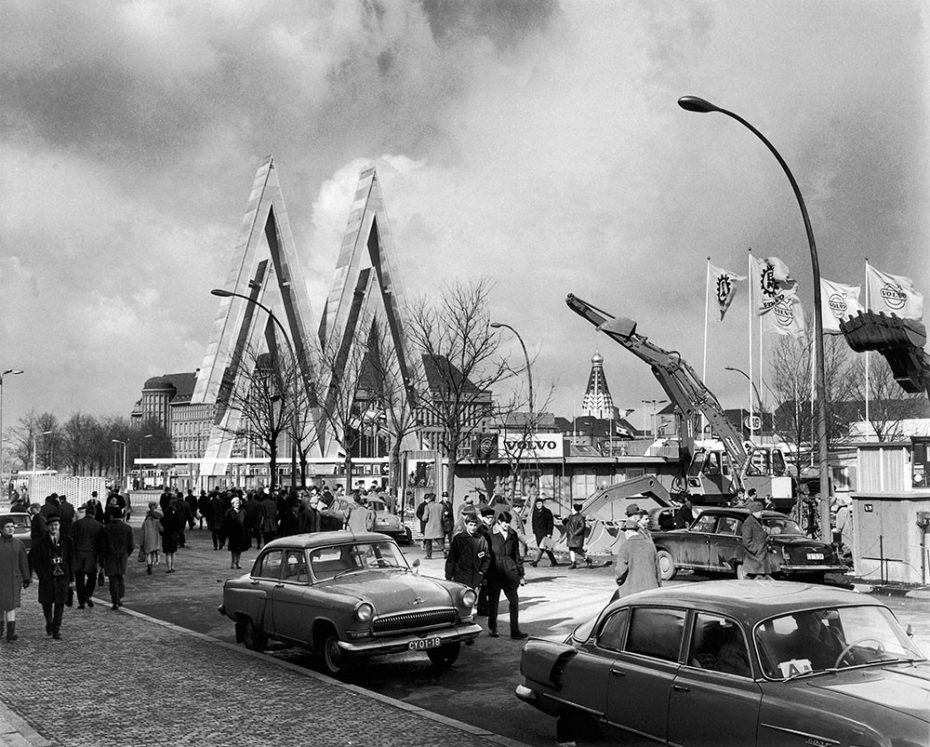
The World’s Fairs used to capture the public’s imagination. From the millions who attended such iconic Fairs as the ones held in New York in 1939 and 1964, to the nostalgia they’re viewed with today, the World’s Fairs were places where people could catch glimpses of a futuristic better world; seeing such technological marvels as robots, air conditioning and colour television sets for the first time. But not many people know that during the Cold War, the Eastern Bloc countries were holding their own version of the World’s Fair behind the Iron Curtain. Held every spring and autumn in Leipzig, in what was then the German Democratic Republic (GDR), it was a futuristic looking expo, showcasing the Communist world as being at the forefront of technology, industry and design. There were ground breaking innovations in personal computers, fashion runways parading the latest in colourful synthetic clothes, stylish plastic furniture and ultra-modern industrial machinery and electronics. Welcome to the other World’s Fair…
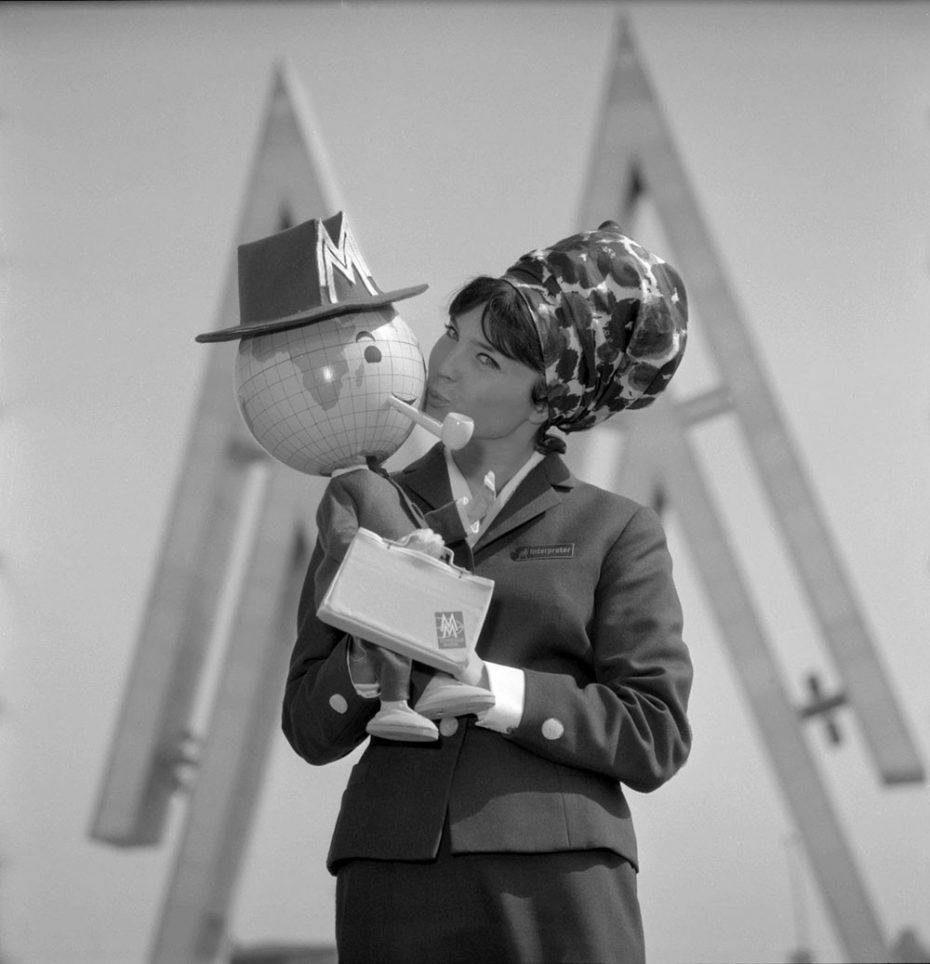
The Leipzig Trade Fairs were meant to be East Germany’s shining moment; a chance to show itself off to the watching world. Old photos show the grounds filled with people looking in awe and the giant robots showcasing the ‘Elektrotechnik der DDR’. The Fair even had its own mascot: the Leipziger Messemän-chen, designed in 1964 by Gerhard Behrendt, and modelled after a traveling salesman, complete with a sample case, pipe, and a world globe for a head.

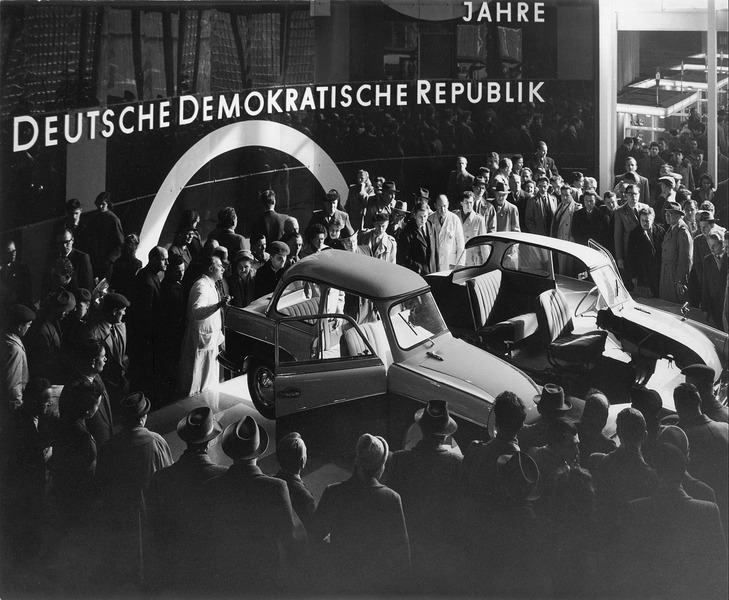
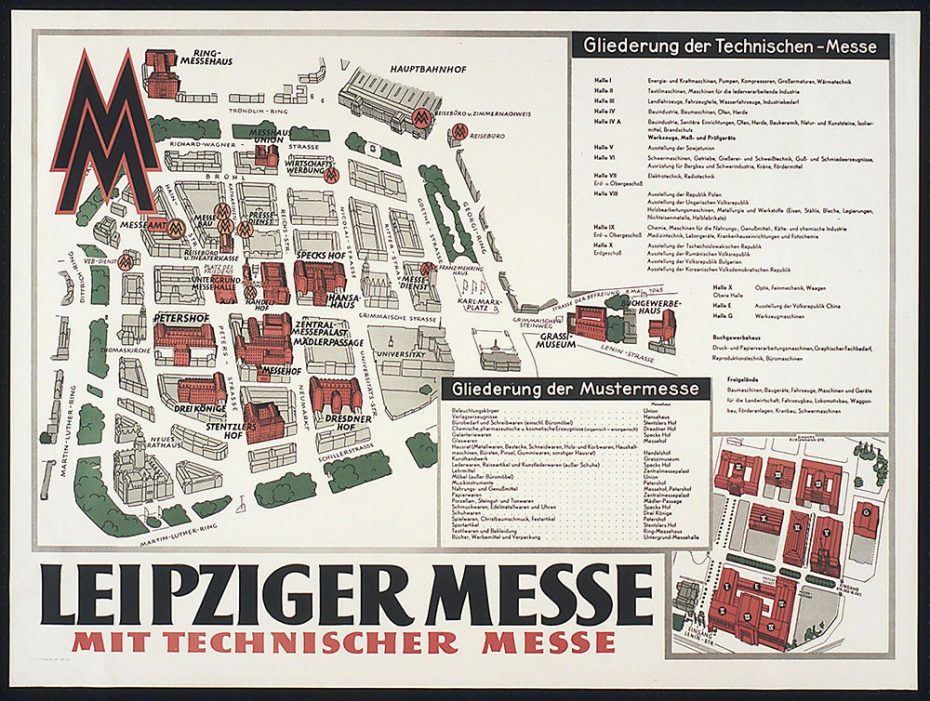
But today many of the grand old pavilions lie empty and in ruins, the crowds no longer gathering to marvel at the inventions of a country that ceased to exist over thirty years ago. These remnants can be found in the southeast of Leipzig; where whole neighbourhoods are filled with drab, prefabricated concrete apartment blocks.
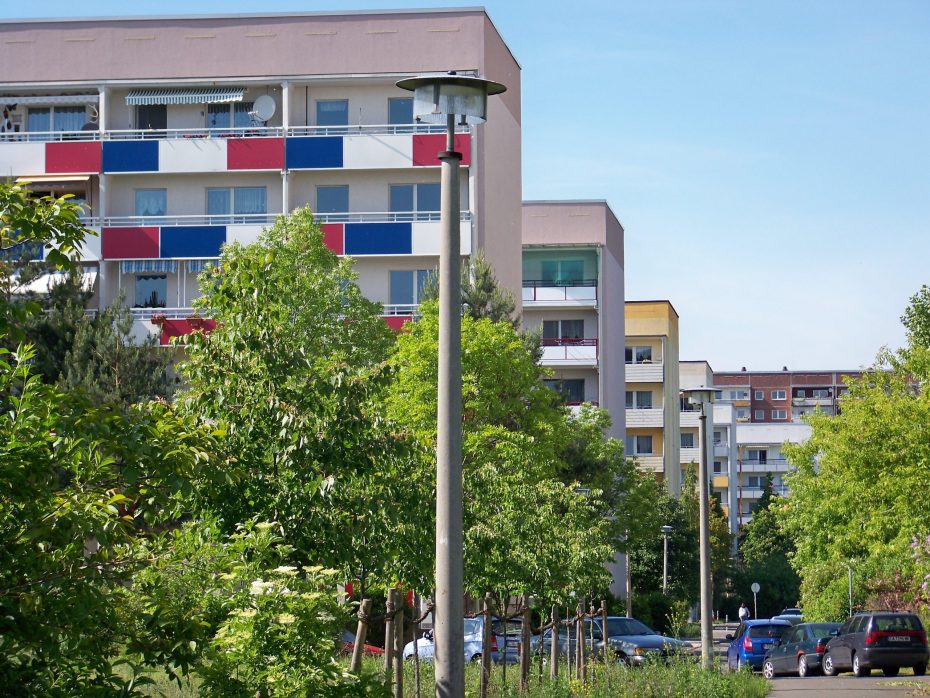
Known as Plattenbau, these mass produced flats where everything looked the same, were home to over half the GDR’s population; a far cry from the beauty of Goethe’s and Johann Bach’s baroque city. Promoted by the government as the height of modernity, you could even build replica flats with the GDR’s version of Lego, Grossblock.
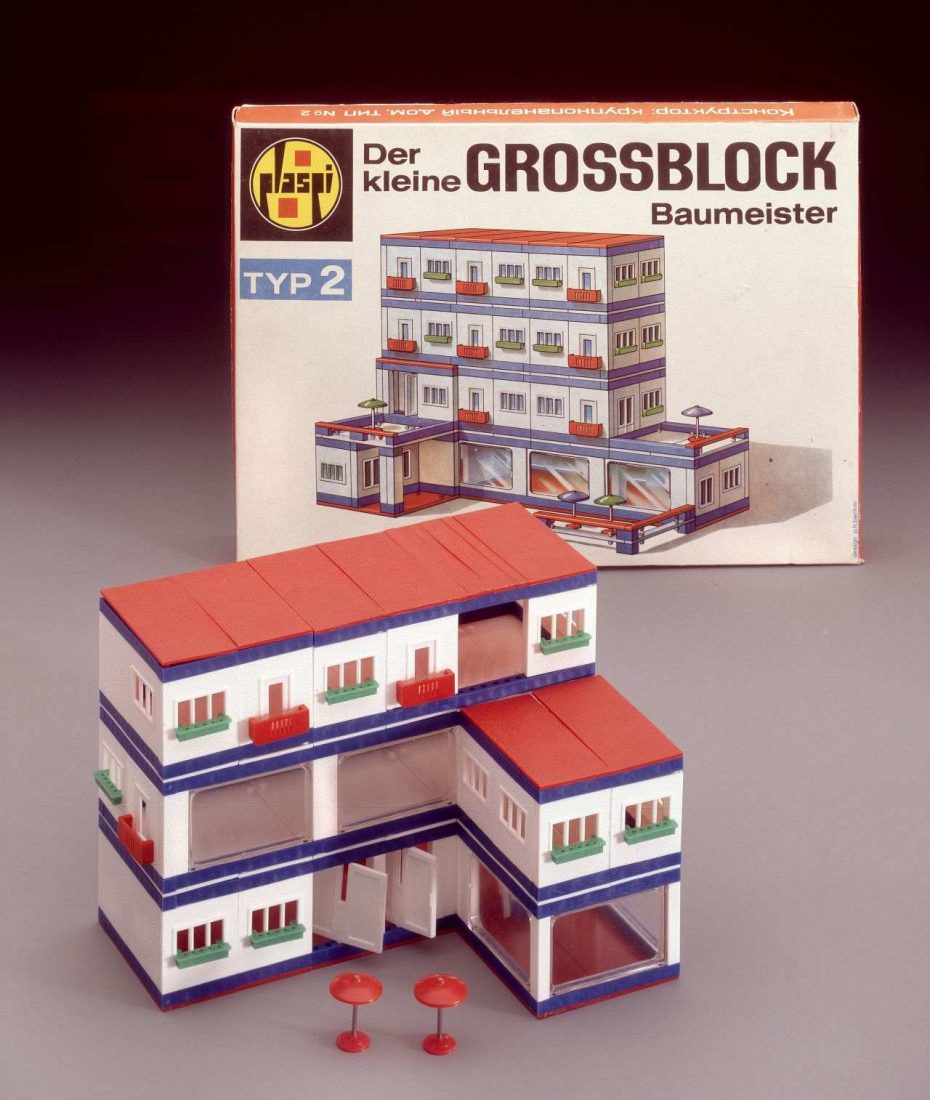
It’s in Plattenbau that you’ll find the first glimpse of the old Trade Fair, the giant twin domes of the Grossmarkthalle. This was once the heart of the Fair Grounds, built in the 1920s, and rescued from the destruction of World War II, the pavilion was repurposed into a gleaming, futuristic exhibition space.

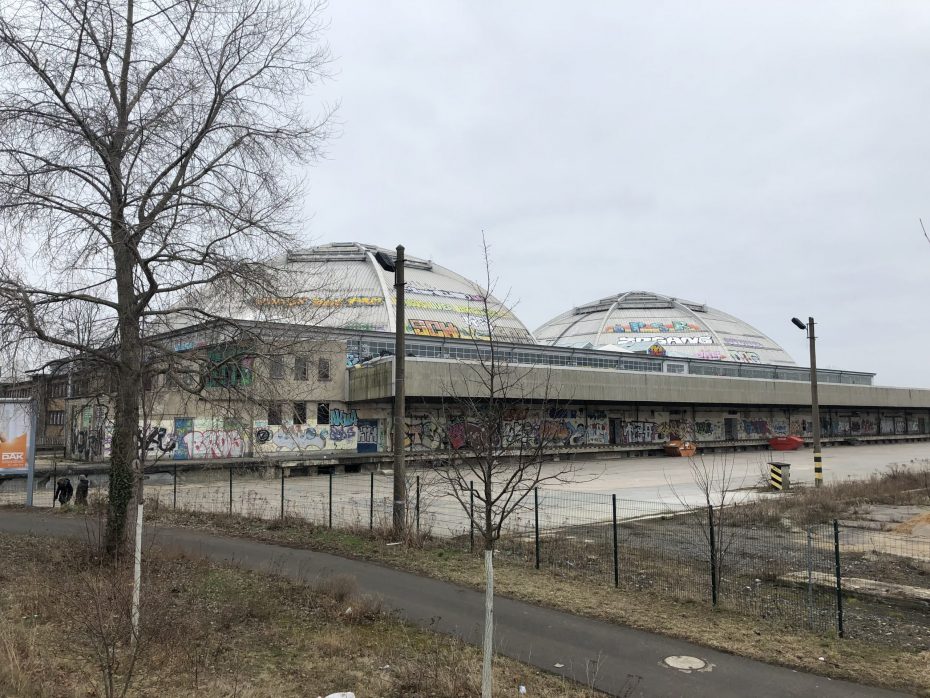
Where huge crowds once came to marvel at the wonders of tomorrow, many of the fair’s main attractions now lie in ruins, much like its 1964 American counterpart where oddball ruins and remnants tower over the Flushing Meadows-Corona Park in Queens. Some of these old pavilions have been repurposed into supermarkets and concert rehearsal spaces – even an outdoor beach club.
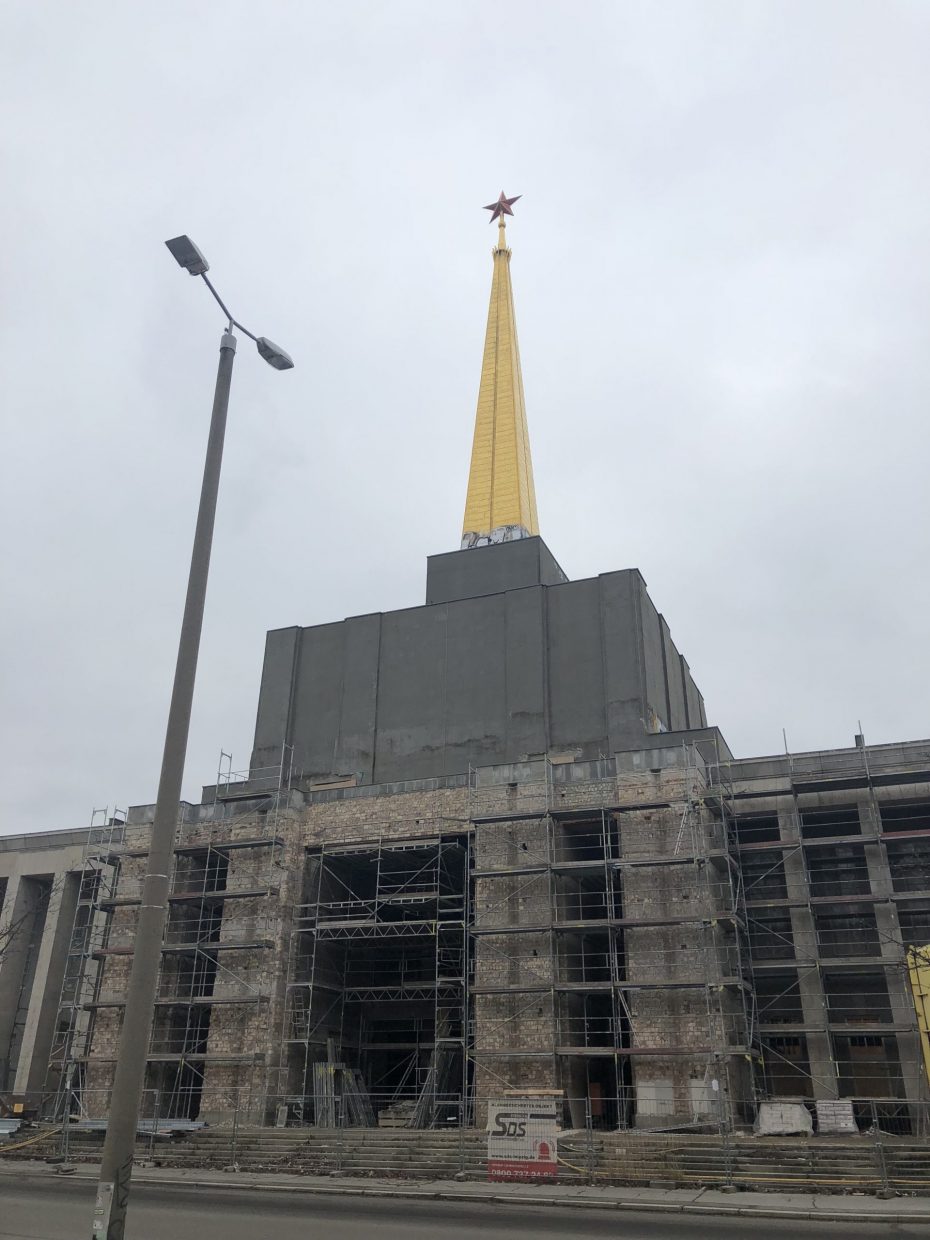
One of the largest pavilions at the Fair was Messehalle 12. Today, as in the heyday of the Fair, it was instantly recognisable: an enormous spire clad in gold, soared sixty feet over the fairgrounds, topped with a shining Red Star. This concrete monolith was the Soviet Pavilion, the Sowjetischer Pavillon. As impressive and oppressive as Russia’s standing in the Eastern Block, Messehalle 12 was where visitors could marvel at the first space rockets or the long distance locomotives that reached Vladivostok. Here’s what’s left of it:

Just past the old Soviet Pavilion is one of Leipzig’s most iconic landmarks, a giant double M sculpture. Designed in 1917 for the fair by Erich Gruner, the M-M stands for Muster-Messe, a ‘samples show,’ and could be found all over the city, used in all the promotional leaflets and posters to advertise the Fair. Today it stands as a relic of the old GDR, dominating the concrete apartments that surround it.
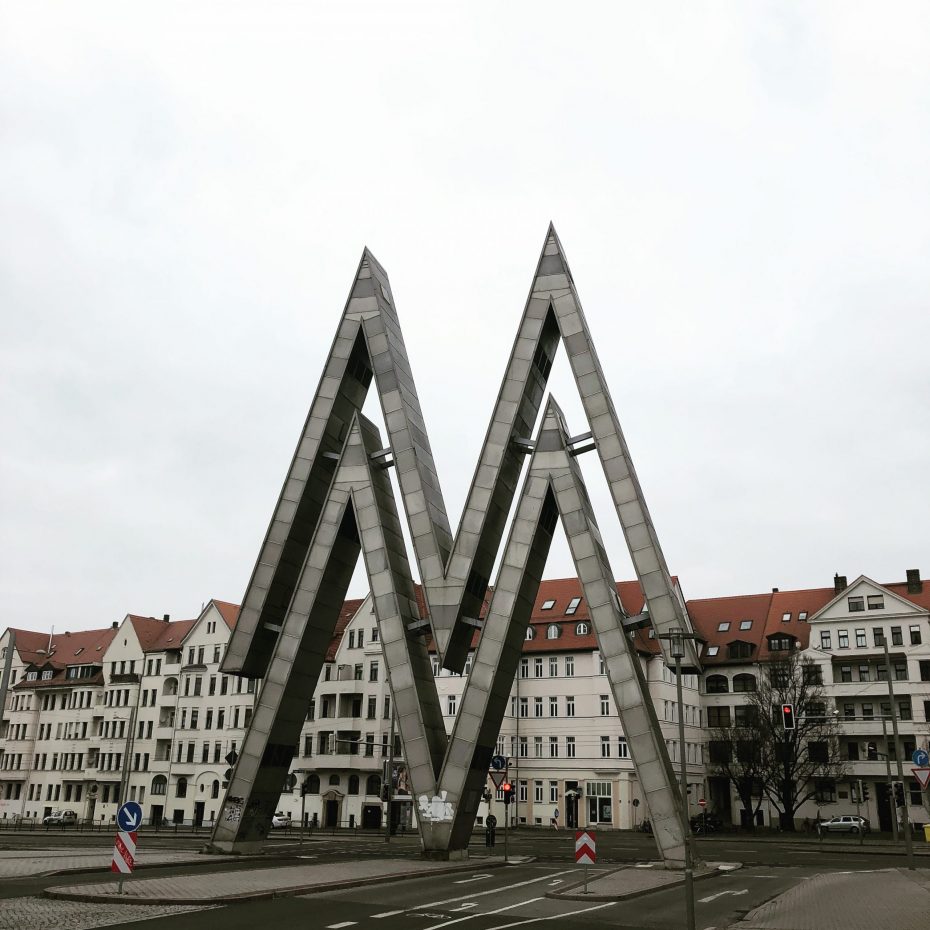
Life in old East Germany continues to hold an ongoing fascination for many people. A country formed out of the devastation of World War II that crumbled fifty years later, has created its own form of powerful nostalgia, known as Ostalgie. The GDR may have been a ruthless police state, perhaps the closest to that imagined by George Orwell in 1984, but for those who lived in East Germany, many of the everyday products they grew up with simply disappeared overnight when the country was reunified.
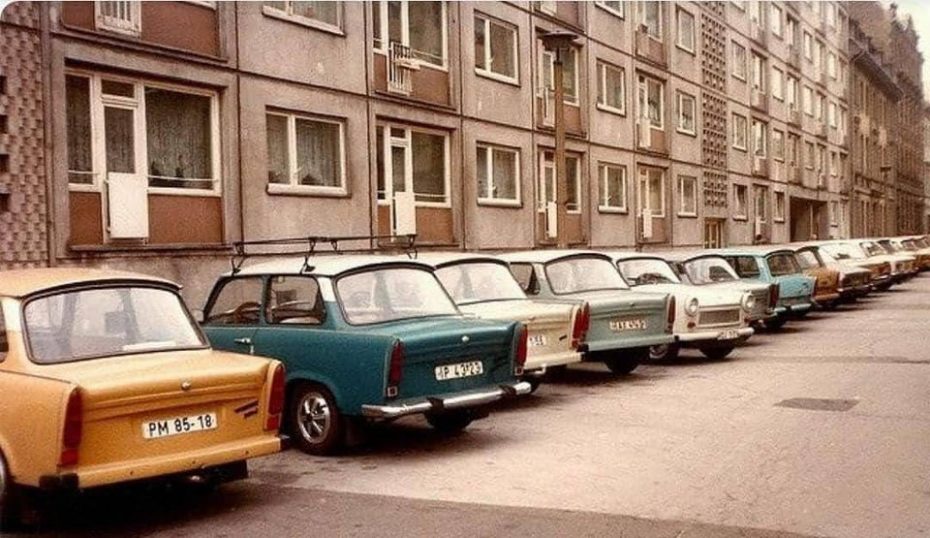
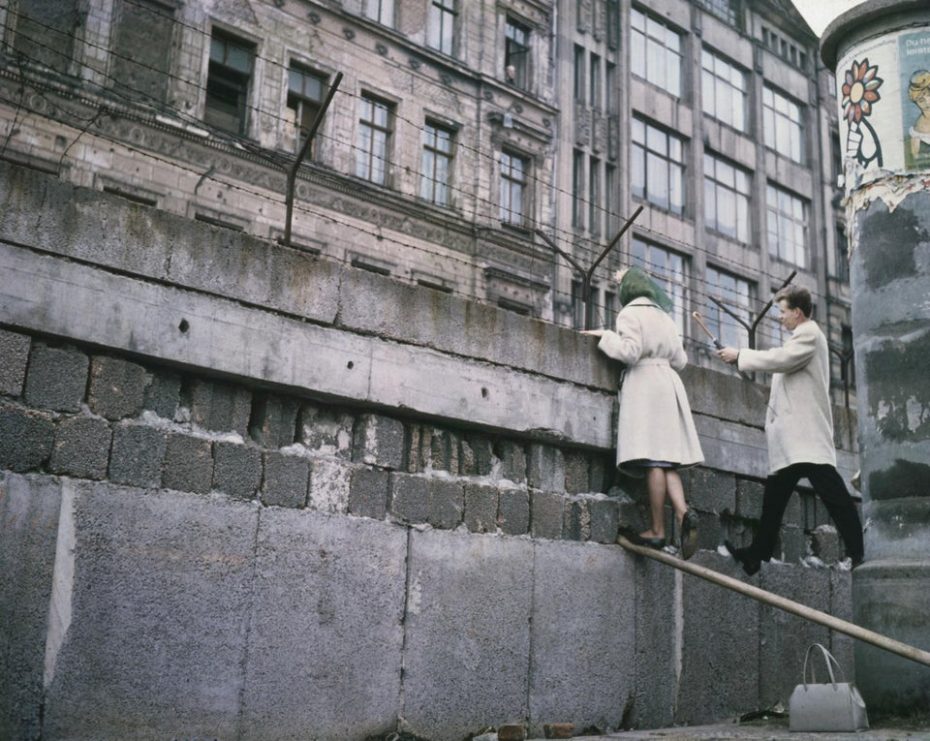
Cut off from the West, companies in the GDR created their own toys, furniture, clothing catalogues, televisions, stereos, magazines, and everything else imaginable, many of which were exhibited for the first time at the Leipzig Fairs, and many of which are still looked back on with fondness today.
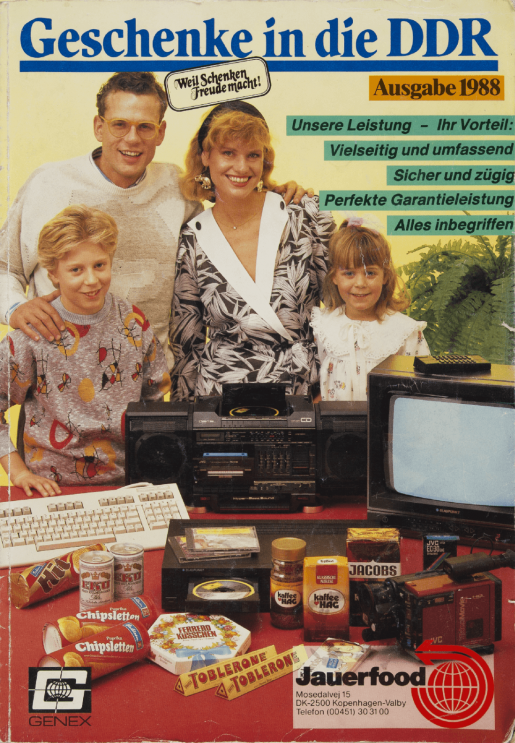
One obstacle for GDR inventors was the lack of access to many raw materials required for mass production. Forced to innovate, many companies turned to plastics, and East Germany soon became one of the world leaders in synthetic consumer goods. The Leipzig Trade Fairs would soon proudly show off such innovations like the Intecta living room set made of polythene laminates, found in most East German homes.
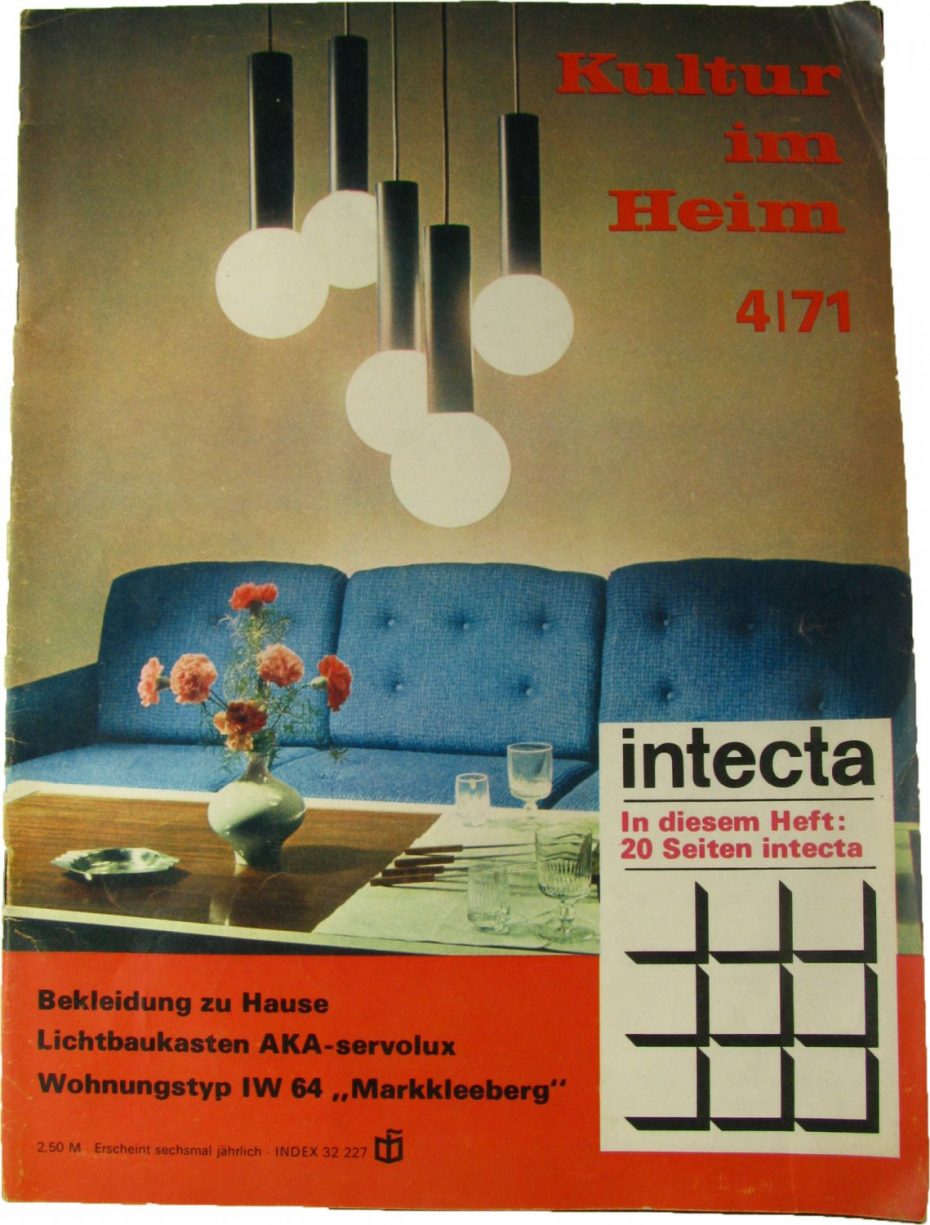
You could have an entire synthetic kitchen made of a hard plastic called Sprelacart. All of which were infused with the height of mid-century modern design. East German petrochemical plants churned out sleek, modular furniture, experimenting with polyurethane and other synthetics, everything infused with a stylish Bauhaus influence, today one of the most sought-after aesthetics in interiors style .
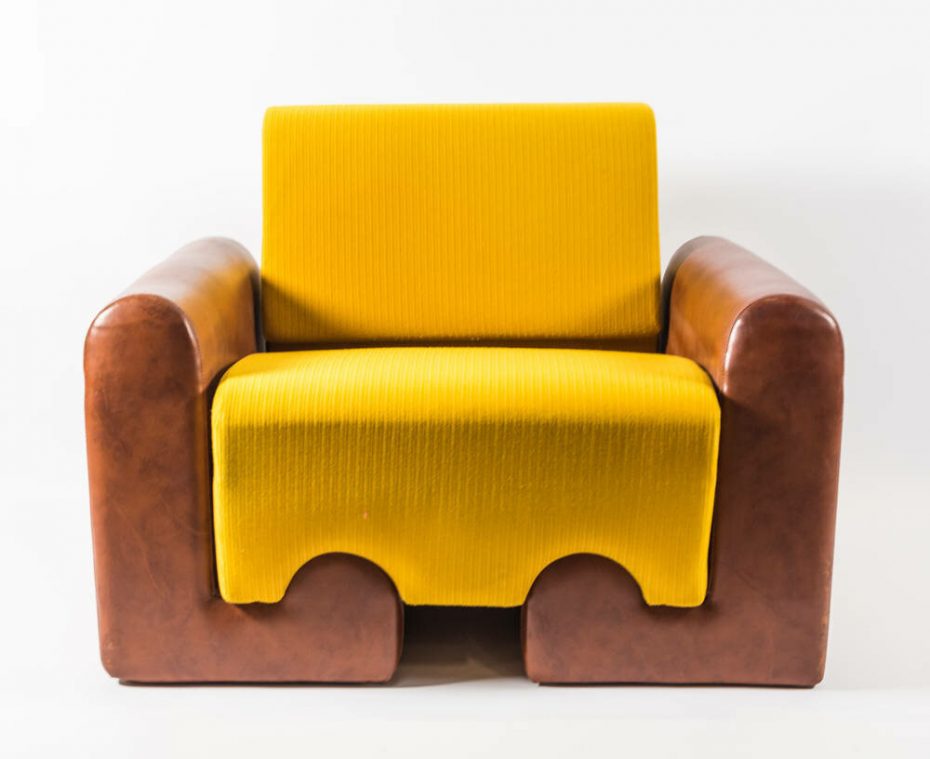
Looking back, many of the everyday items made in the GDR have a kitschy mid-century modern charm, and some designs such as Peter Ghyczy’s Garden Egg Chair are still iconic today. But for the leaders of the GDR, plastic became a material that carried an aura of the future and a utopian socialist country.
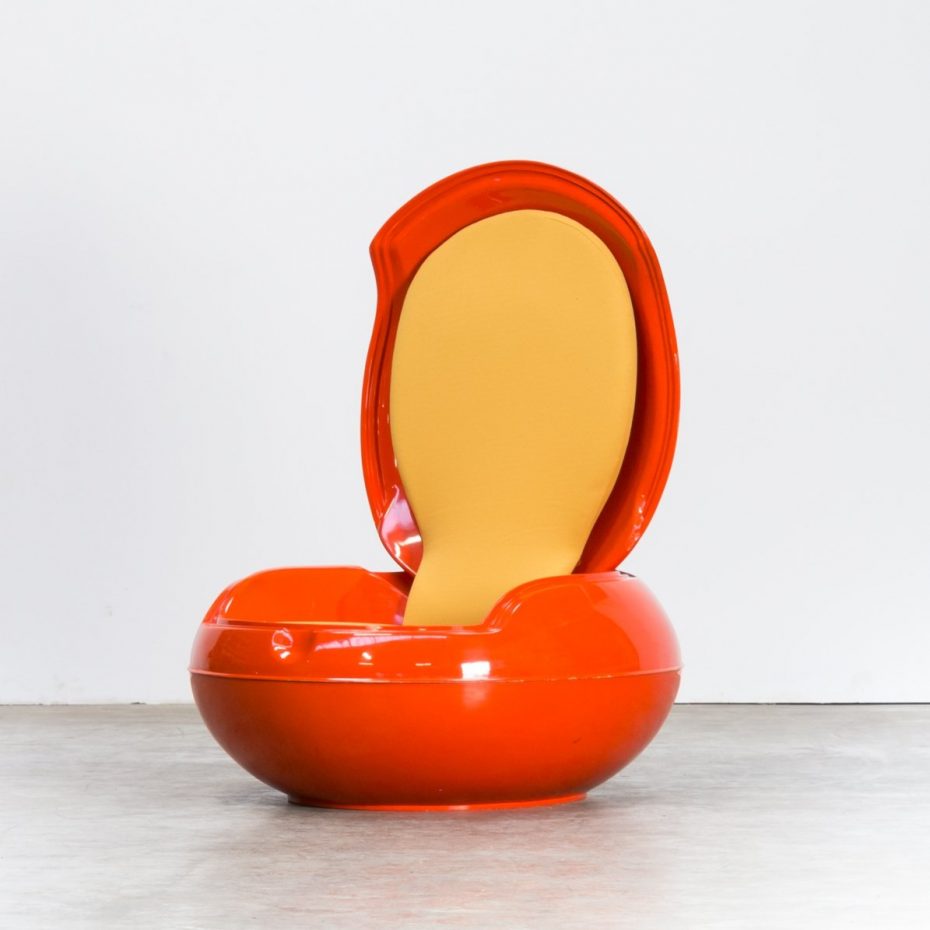
But the Leipzig Trade Fairs weren’t just a Communist propaganda exercise: the Fair itself actually dates back as far as 1165, and is one of Europe’s most venerable traditions. Merchants, bankers and tradesmen would flock to the old medieval city, displaying their commercial samples such as cloth, herrings, wine and peppers. Interrupted by World War II, the old ‘Alte Messe’ was revived with the formation of the DDR in 1949, and reimagined to showcase the modernity of the fledgling country.
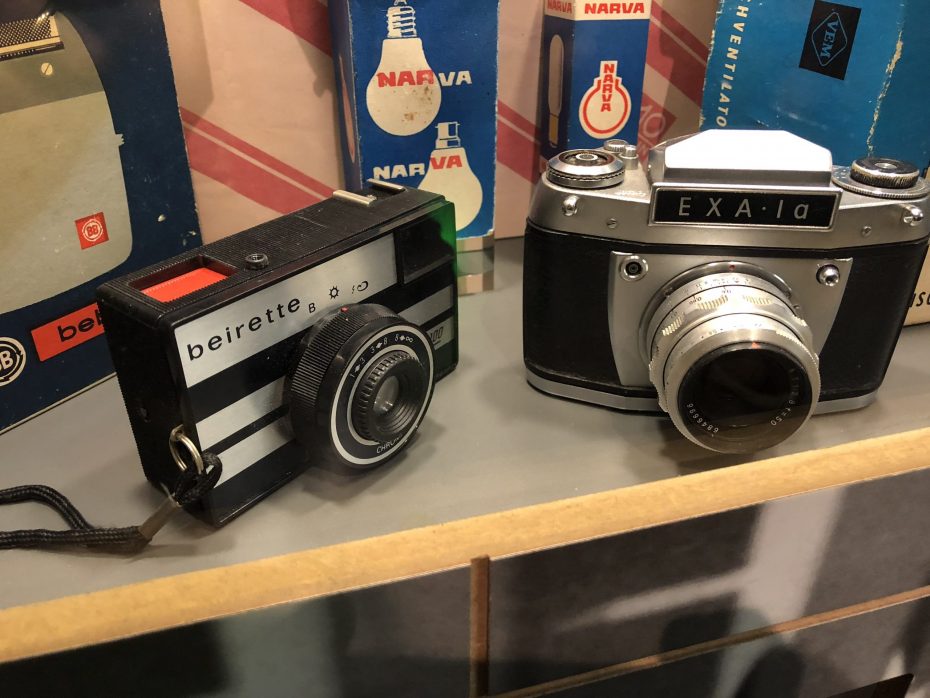
A large part of what makes the GDR fascinating is that many of their everyday products look similar to those used in the West during the 60s, 70s and 80s, but with minor twists. Instead of Sony Walkmans, teenagers in the GDR listened to state approved East German rock music on the LCS 100 stereo cassette player. Amateur photographers captured moments of daily life not on Canon and Nikon SLR’s but similar looking Praktika EXA 1’s and plastic compacts by companies like Beirette. Television sets such as the Combo-Vision 3101 were designed with a bold minimalist look in bright yellows and red.

East Germany was also at the forefront of home computer technology. Robotron was a computer company based in Dresden that was one of the GDR’s proudest achievements, with over 60,000 employees creating PC’s and industrial computers looked upon enviously by the West.
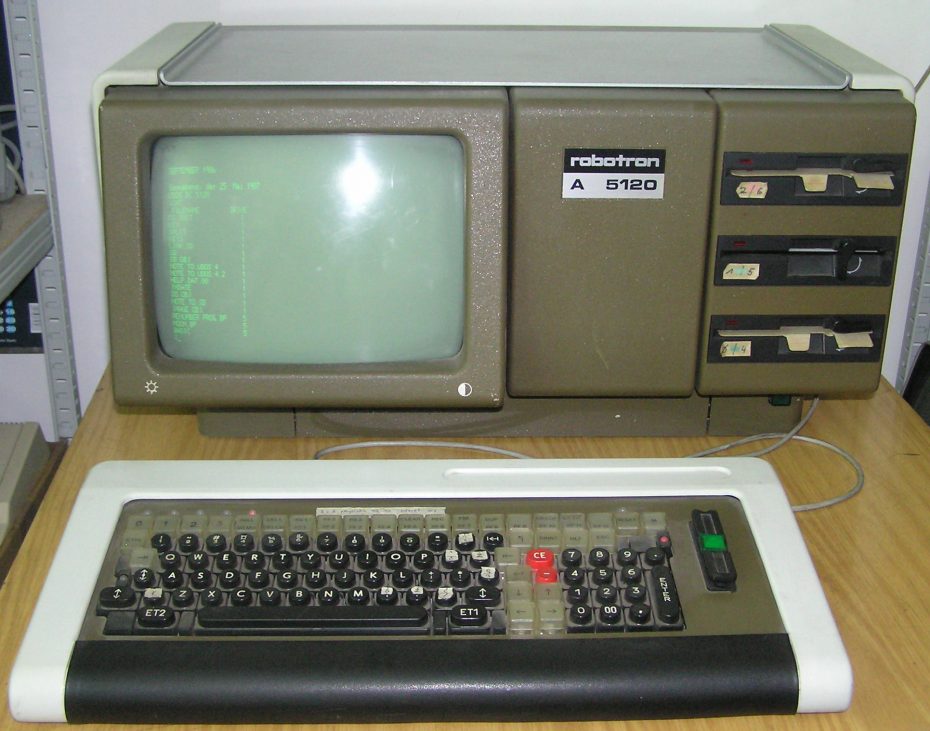
Other chemical innovations were received with less enthusiasm, particularly on the food & beverage front. Cut off from the world coffee markets, East German laboratories came up with the ersatz Kaffe Mix. With Coca Cola and Pepsi not wildly available, the Miltitz Chemical Works created its own synthetic lemon flavoured soda called Vita-Cola. The GDR’s Gastronomic Rationalization and Research Centre would develop their own version of Nutella called Nudossi.
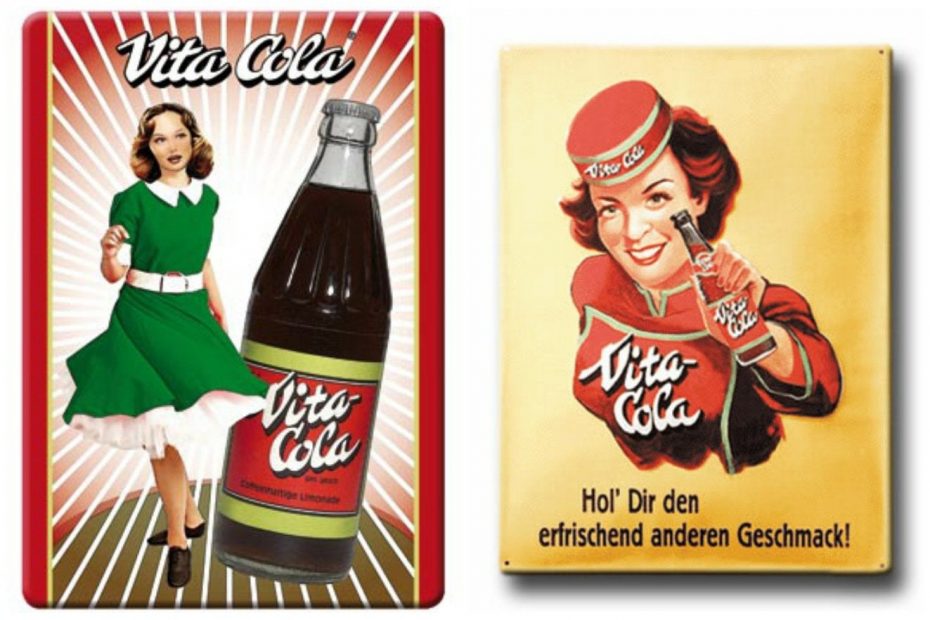
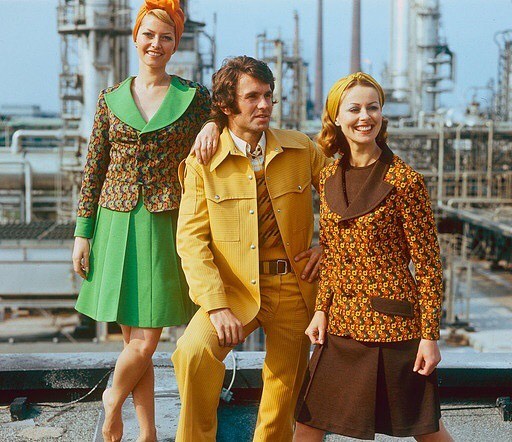
Some of the most popular exhibits at the Leipzig Trade Fairs were the fashion shows. With very little cotton available to textile designers, models paraded the catwalks in the latest synthetic designs. A polyamide fibre called Dederon was invented in 1959, and soon became the basis for entire fashion ranges that were showcased in stylish magazines like Syblle, and Konsument clothing catalogues.
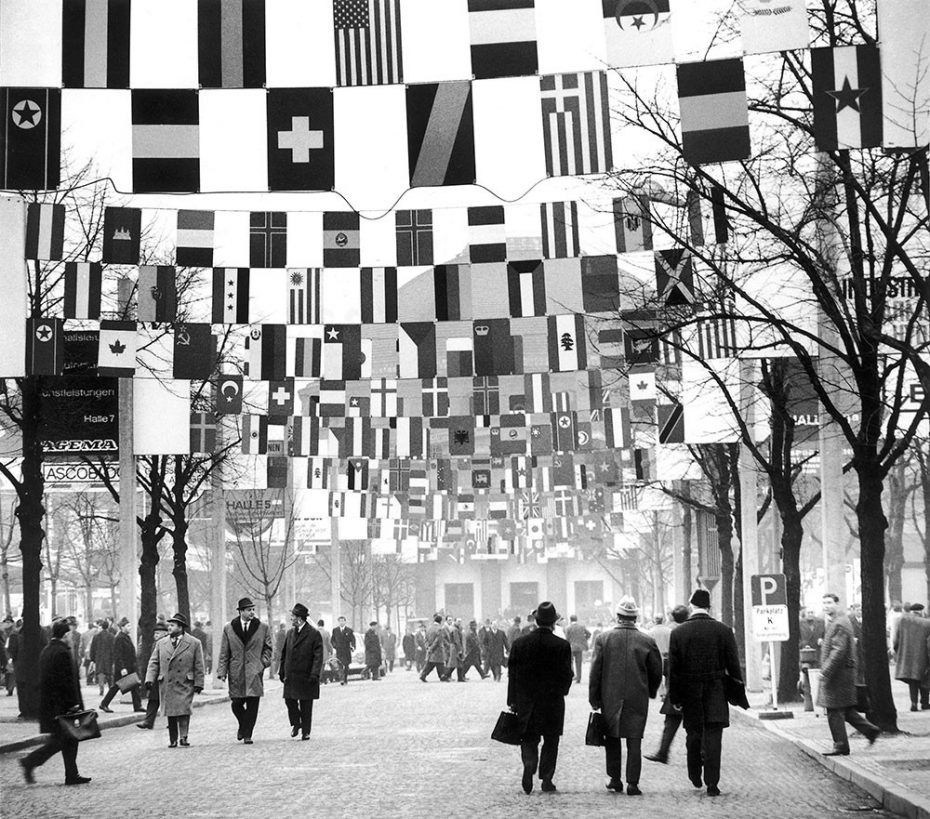
The technological wonders on display weren’t just for the benefit of other Communist nations. Unusually for East Germany, foreign visitors were welcomed behind the Iron Curtain and encouraged to attend the Fair. The propaganda message was clear: Western businessmen, inventors, diplomats and investors would be hopefully overawed by the gleaming Technische Messe on display, and come away with the impression that future was Communist.
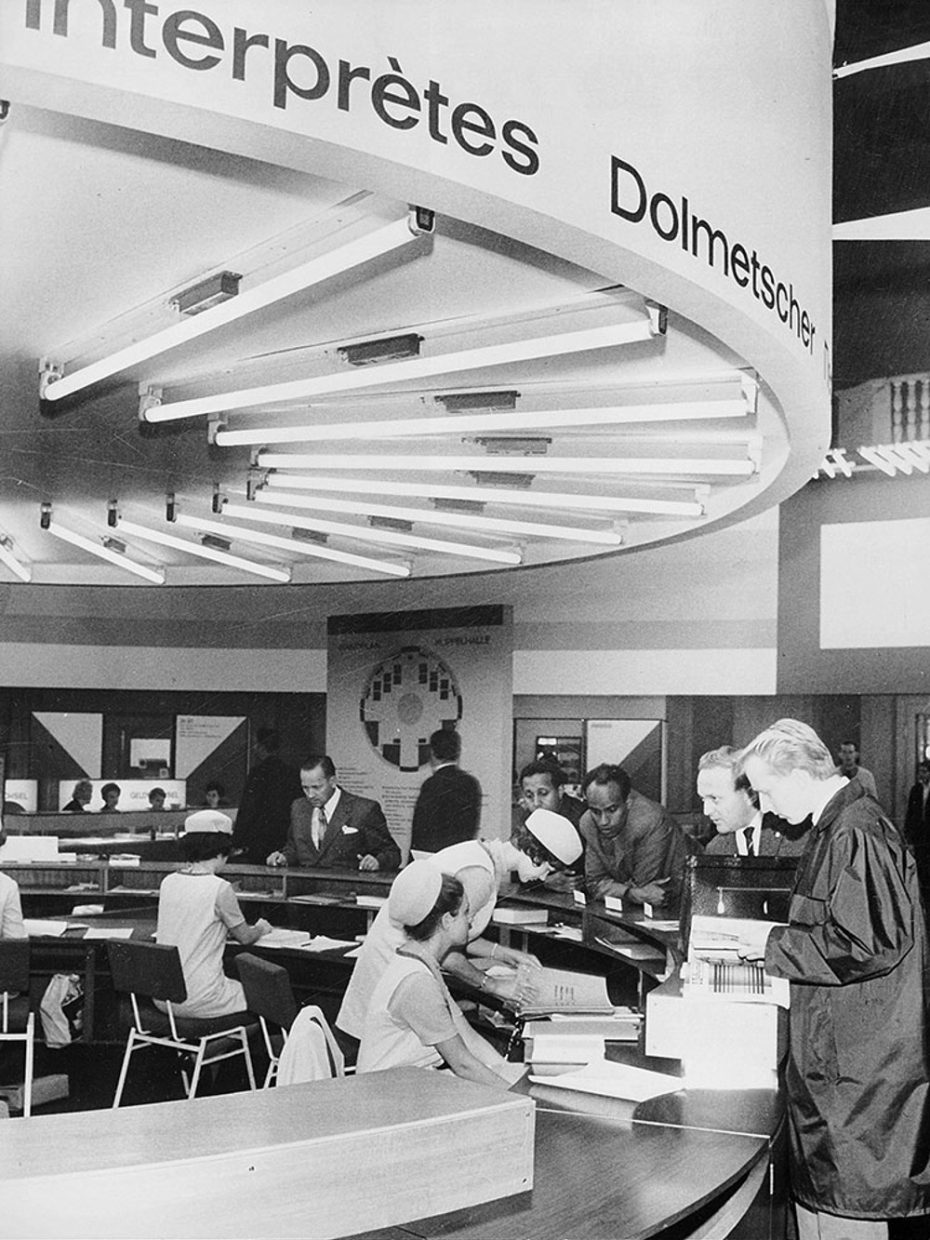
Undoubtedly the Stasi were on full alert: the infamously paranoid secret police infiltrated every corner of the Fair, planting listening devices in the Pavilions, and shadowing foreign trade delegates as they met with their East German counter parts.
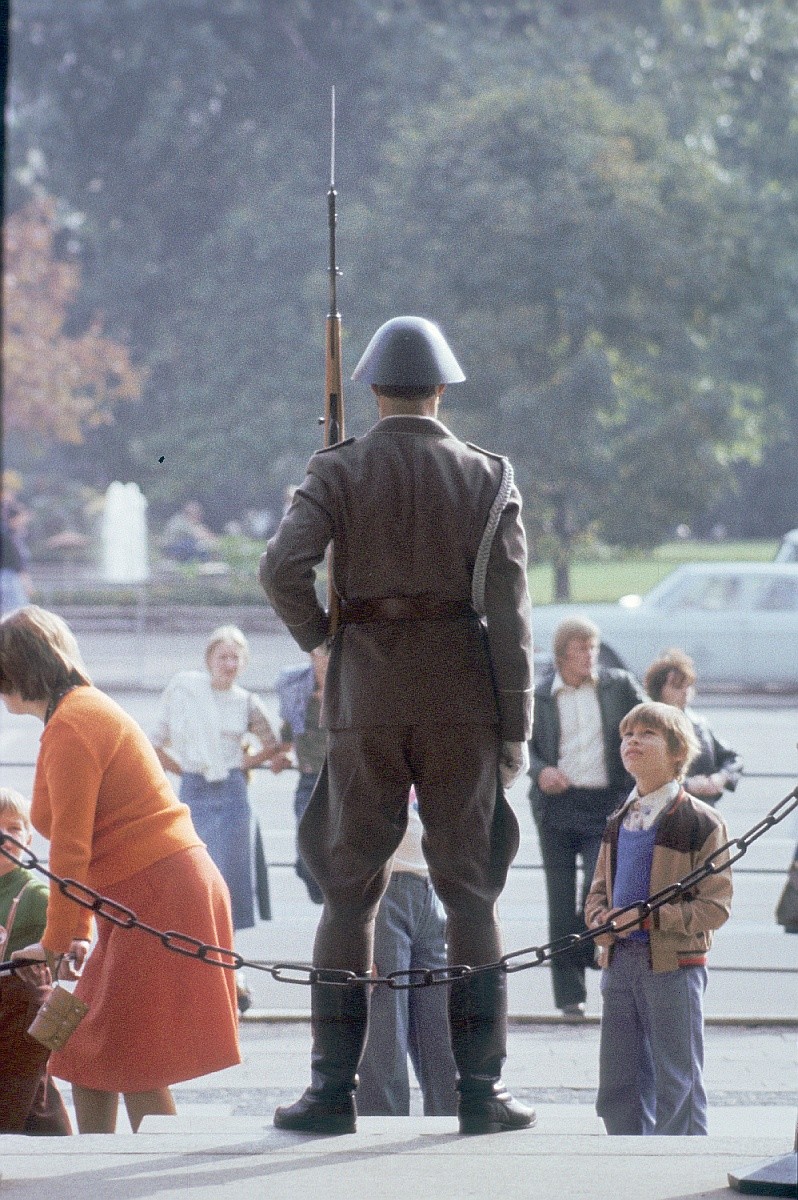
The fall of the USSR saw the end of the Leipzig Trade Fair in its Cold War location, but after Germany reunified, the Leipzig Trade Fair was reborn in 1996, and today, the centuries old fair still takes place ever year, at a new fairground four miles north of the city, which features the world’s largest, elevated glass hall.
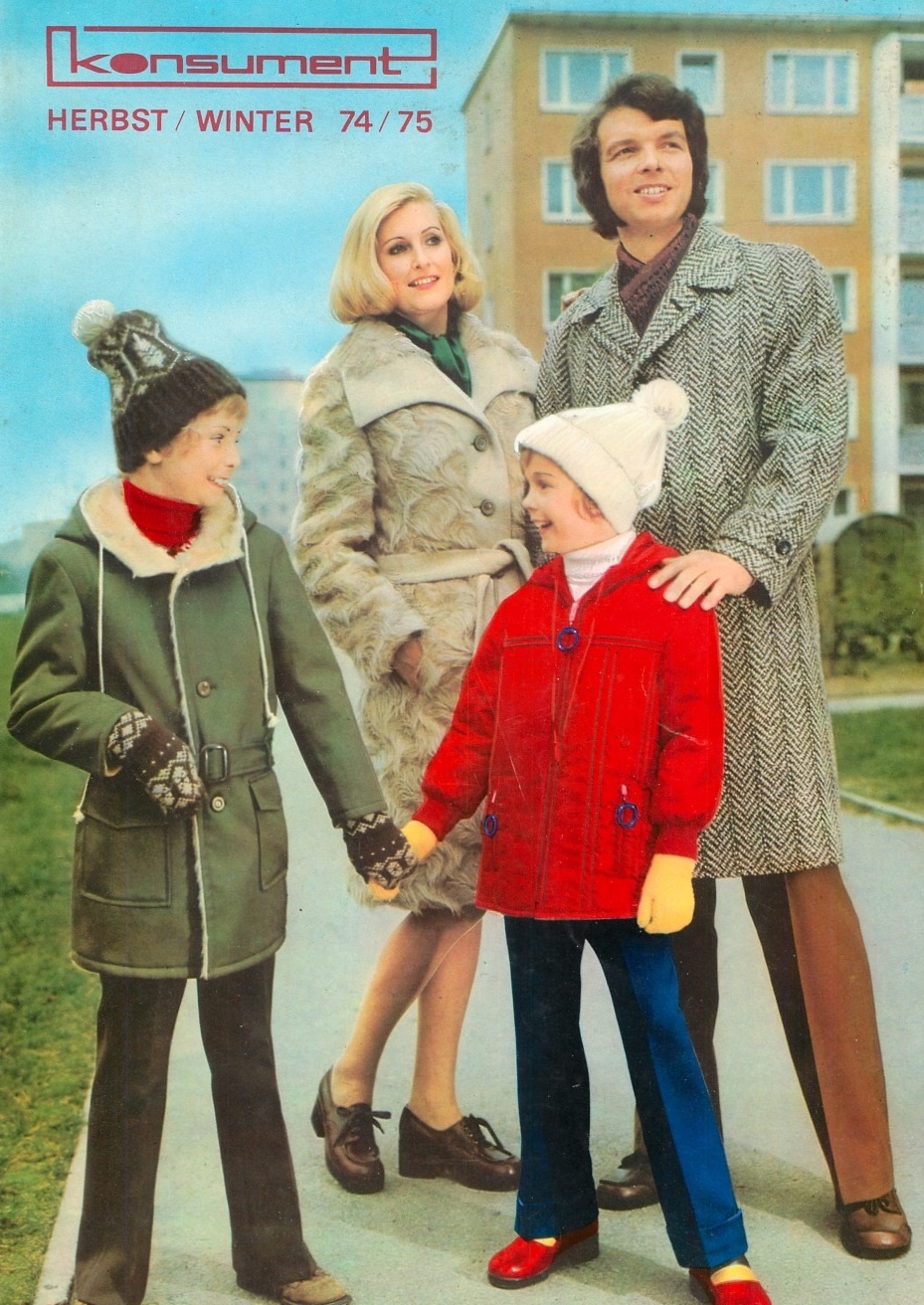
Ostalgie for old East Germany continues to hold a powerful sway. A distant world away in Los Angeles, the Wende Museum was founded in 2002, collecting many artifacts from the Eastern Bloc countries that had been thrown away following the collapse the Soviet Union. The ‘New Germany’ often simply meant discarding much of life in the GDR, with many companies quickly going out of business. Founder Dr. Justinian A. Jampol says the museum helps “explain a seemingly irrational attachment to the kitschy objects of an oppressive regime. Simultaneously, many former East Germans reject the complete discrediting of East German history, despite extensive political repressions, that would suggest their lives in the GDR were simply products of a failed state.”
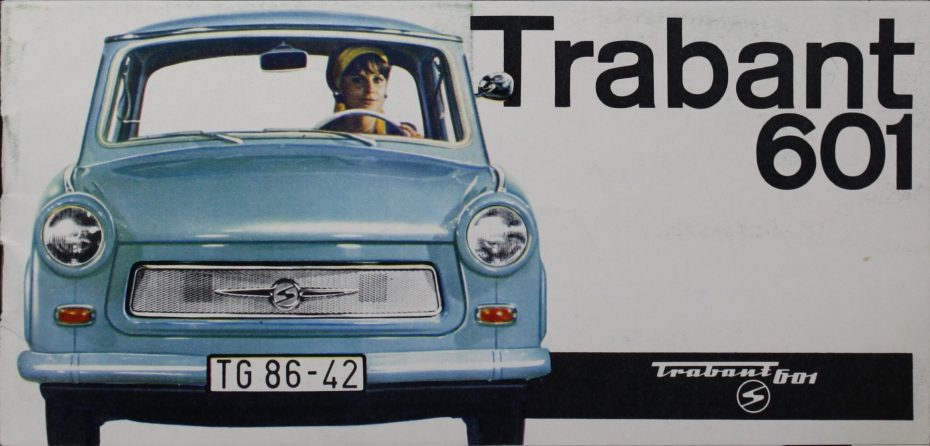
In Berlin, it is possible to catch a taste of life in the East Germany with a visit to the excellent DDR museum. Marvellously hands-on, and filled with thousands of everyday artifacts, you can sit in an authentic Trabant car and drive through a digitally recreated East Berlin. The highlight is a completely furnished GDR apartment, just as they were found in the millions of Plattenbau housing blocks.
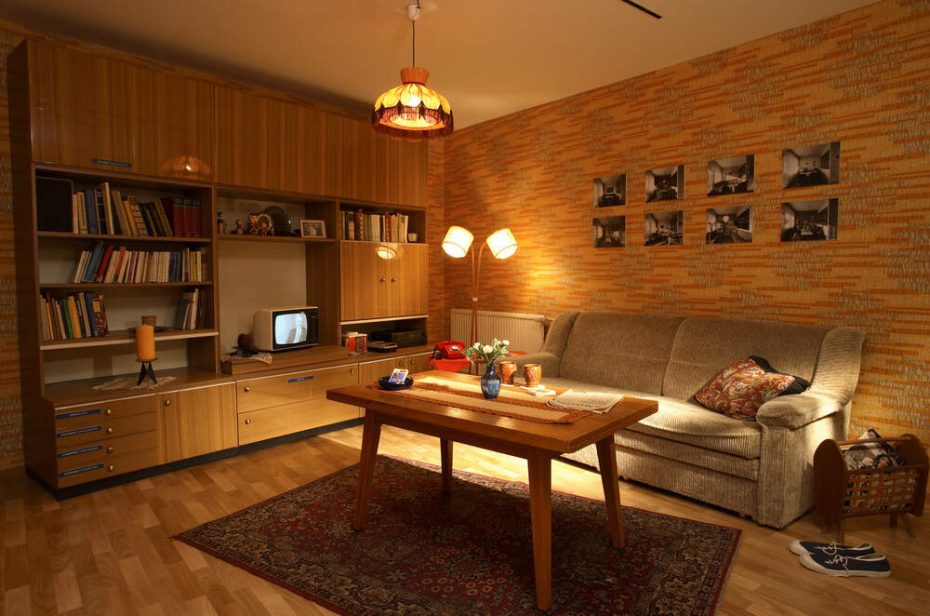
Walking through the apartment you are surrounded by the remnants of a modern lost world, what the Wende Museum powerfully calls ‘a travel guide to a vanished country.’ The Intecta living room wall units are stocked with Stasi approved literature, bottles of Fruchtsaftlikör cherry whisky and cartons of Cabinet cigarettes. Relax on the polyester Einbettcouch, and leaf through the Sibylle fashion magazines from 1987, whilst enjoying period GDR shows on the television. Pick up the telephone though, and you might be able to detect the telltale click of a Stasi listening bug.



